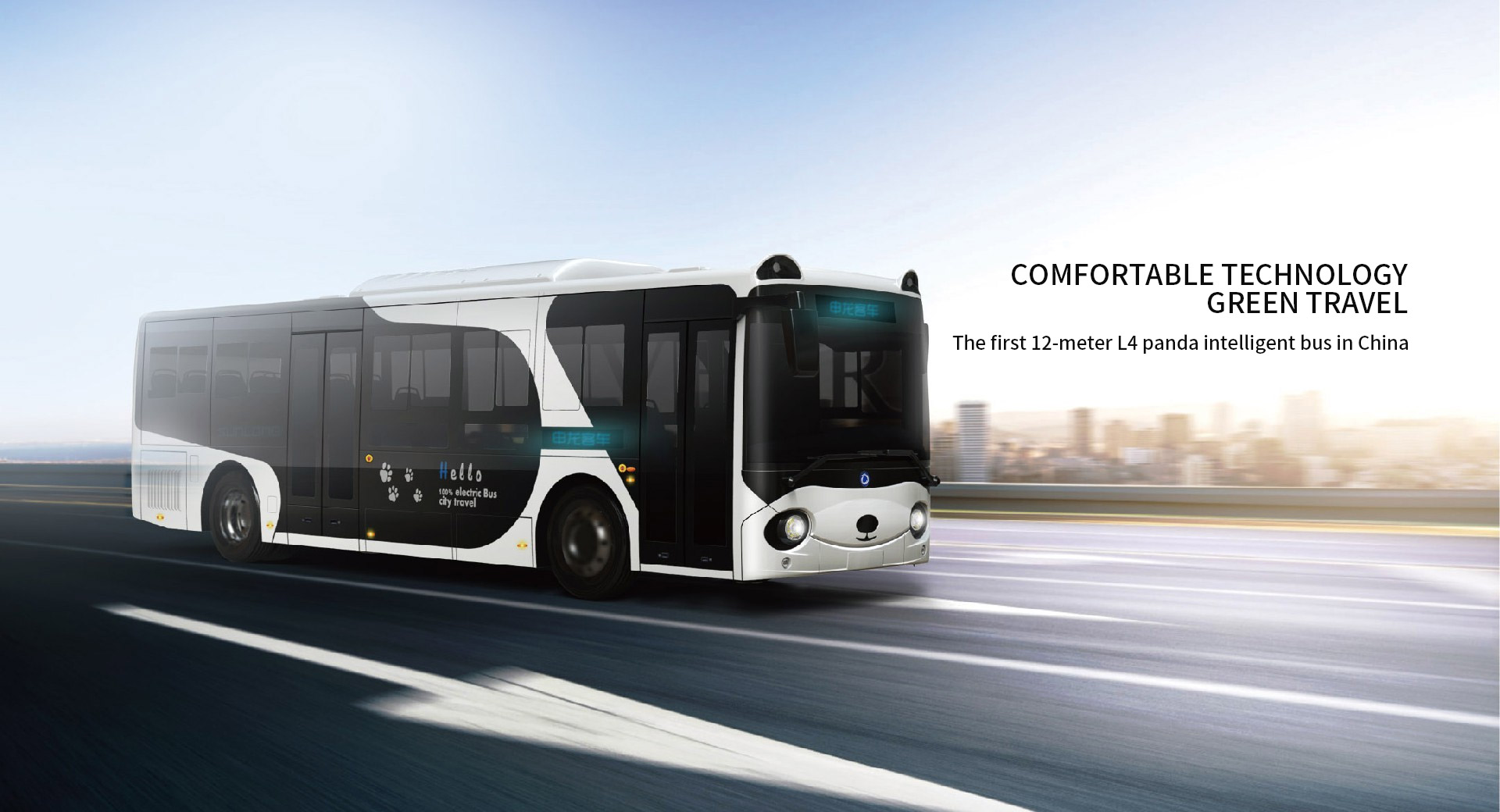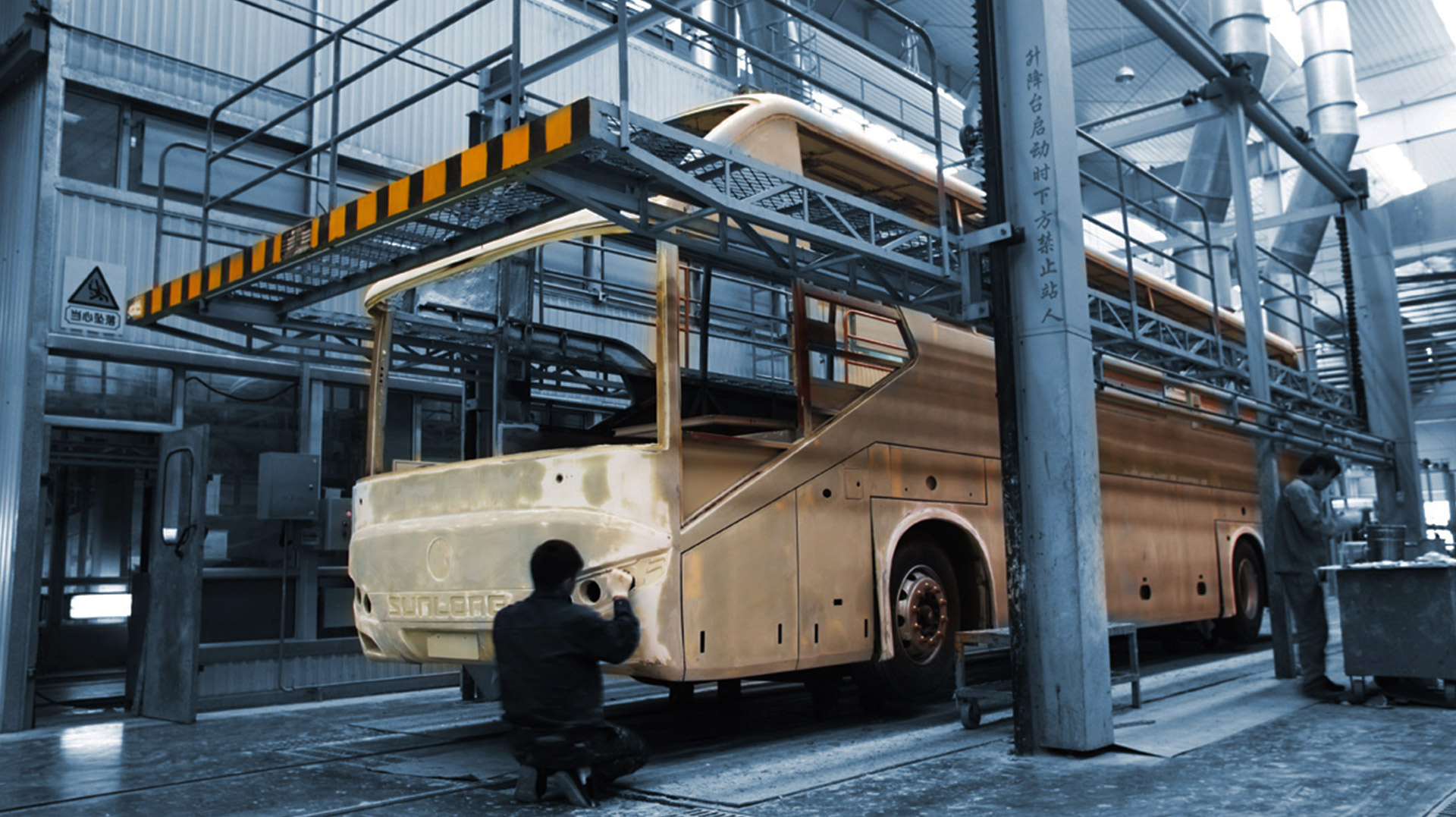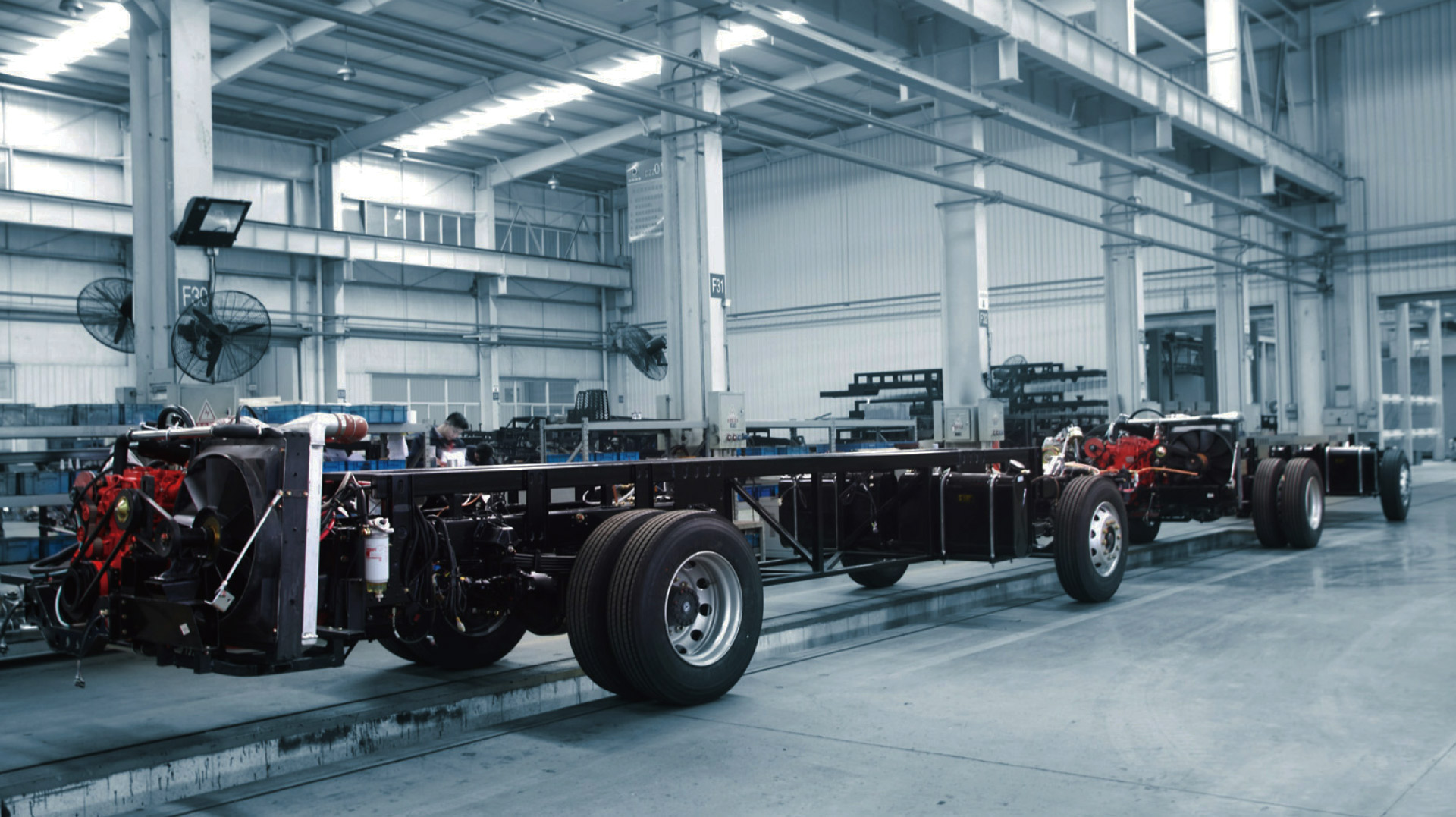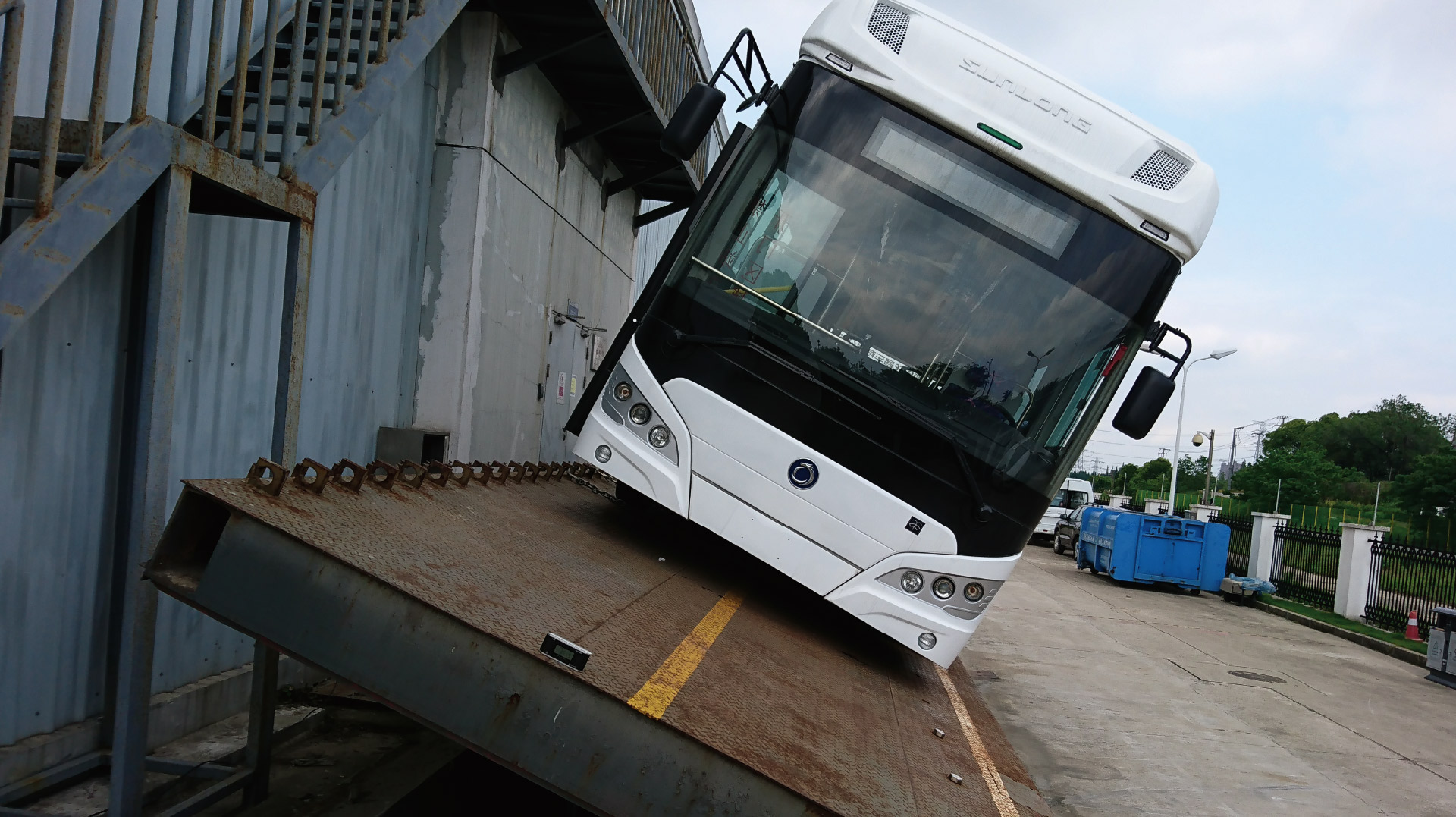model has a product image of "high-end, high-quality, and intelligent", which can meet the needs of tourism, passenger transport, enterprise and business shuttle buses, and provide customers with comfortable, personalized and quality travel needs.

Intelligent drive technology from product planning to vehicle design Research and development of more than 400 passenger and freight car products
Strictly control every link of vehicle design Deeply think with roles and achieve professional standards with high-quality products
First-class production level and advanced coating and welding capability The leading full-automatic vehicle inspection line in China
The four-level test system of "material-parts-system-vehicle" Effectively improve the overall quality of the whole vehicle
"Details determine success or failure, quality determines future" Pursue high quality and pass various certification standards in the industry




